Powering a community of supercomputer users
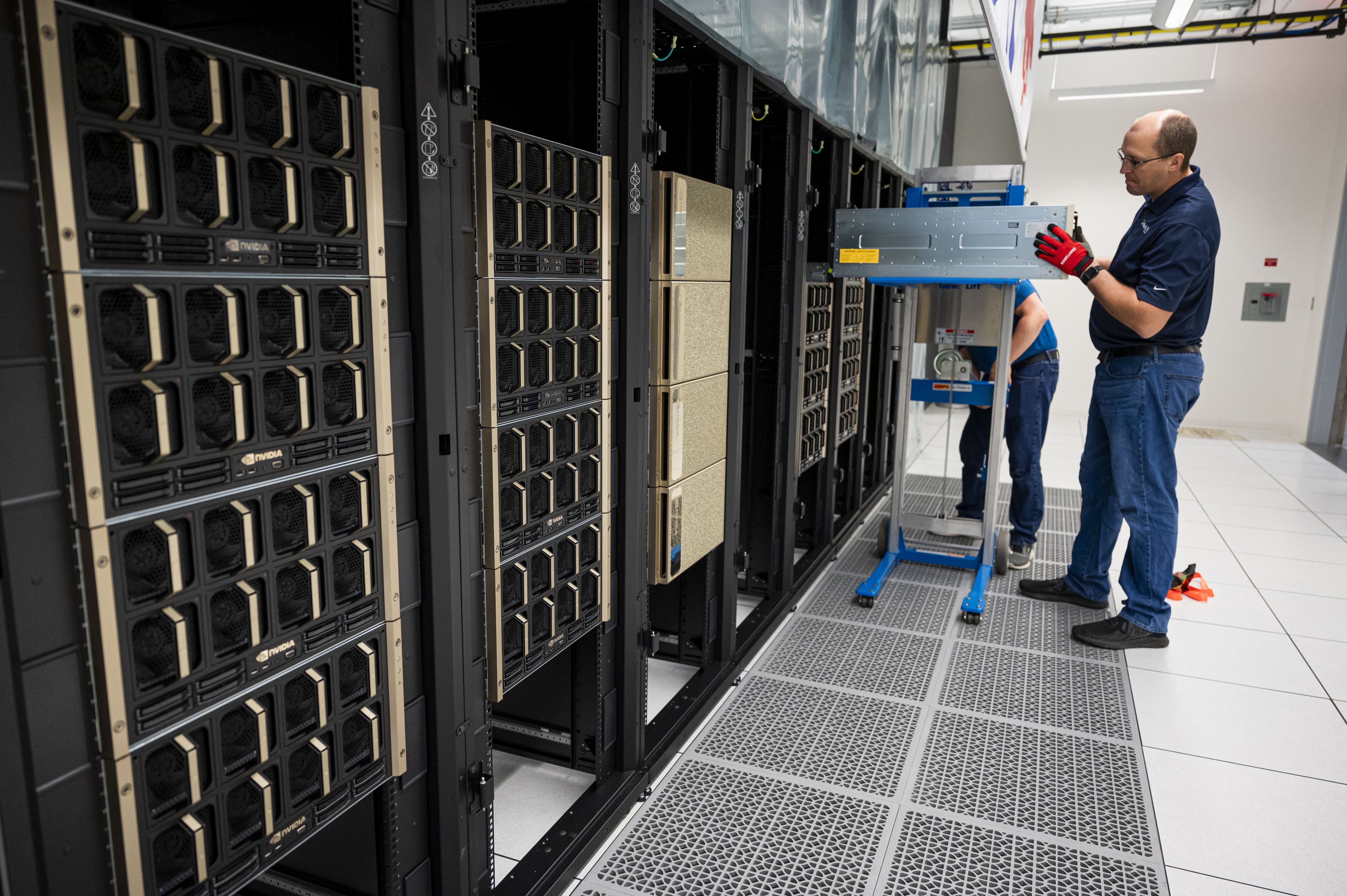
As a comprehensive university with broad experience in the application of data science and artificial intelligence (AI) in research, SMU is deeply committed to the active application of emerging technologies for societal good while providing world-class education.
Since our founding more than a century ago, our academic enterprise has valued future-focused investments. Our strategic plan identifies high-performance computing as a primary and essential resource for research and education across the disciplines, including research-intensive doctoral programs through SMU’s new Moody School of Graduate and Advanced Studies.
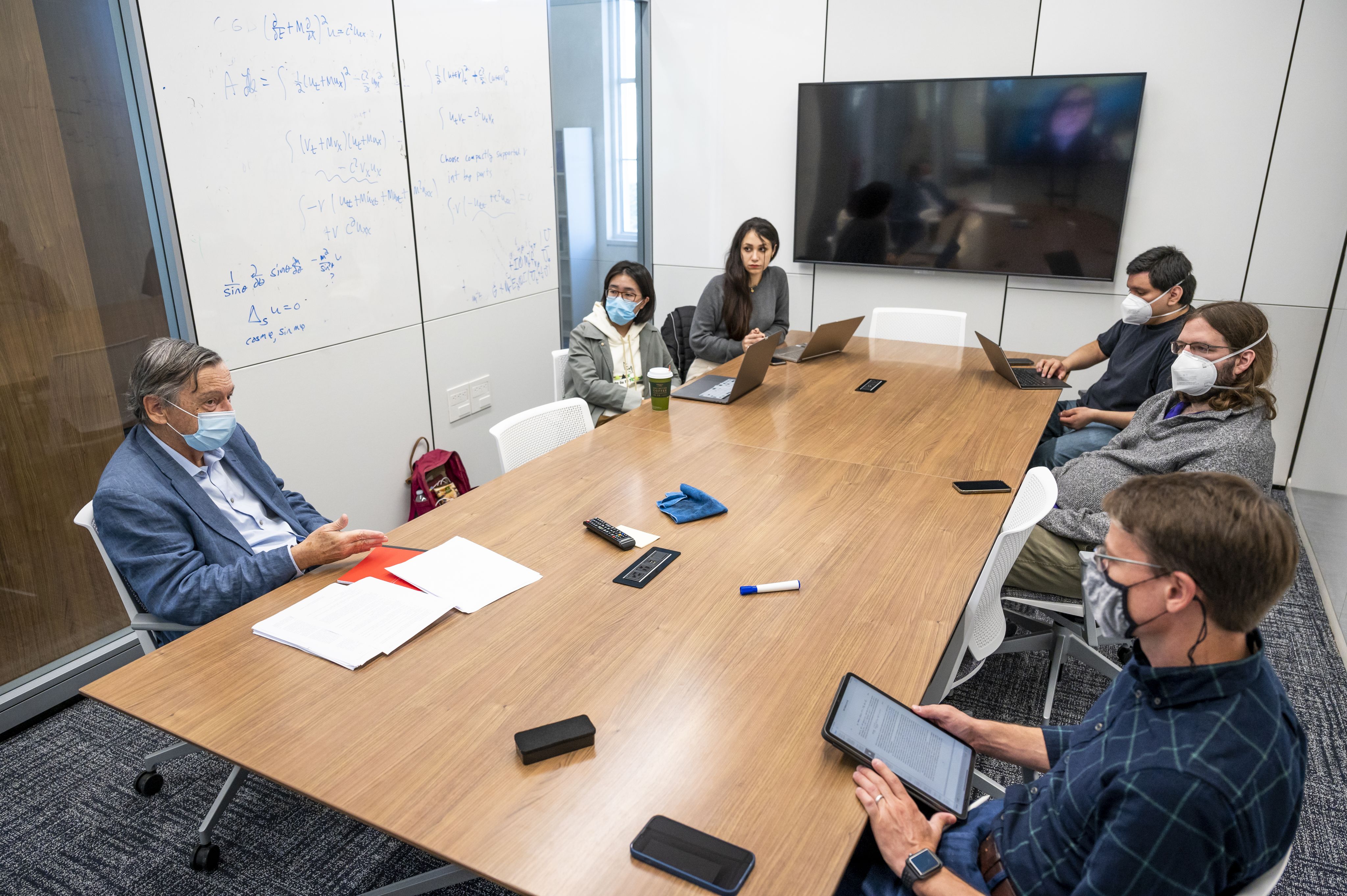
SMU’s Center for Research Computing offers specialized resources and mentorship for students and faculty to achieve their research goals.
SMU’s Center for Research Computing offers specialized resources and mentorship for students and faculty to achieve their research goals.
At the heart of investments that drive research with impact and our leadership in the innovative world of artificial intelligence research and applications is our supercomputer, which has served as an essential research tool for scholars across disciplines for over a decade.
Investments in supercomputer upgrades have resulted in establishing SMU as the home of one of the most powerful university computing clusters in Texas, while ensuring free and open access to all members of its academic community. Over the past several years, our highly active user base of faculty and students across campus has trended upward with a relentless increase of GPU hours to perform impactful research that utilizes AI and deep learning. We’re collaborating with accelerated computing leader NVIDIA, whose DGX SuperPOD™ technology boosts SMU’s AI and machine learning speeds 25 times faster than current levels. In combining accessibility and cutting-edge technological capabilities, SMU is fostering a vibrant community of supercomputer users, supporting world-changing work that shapes how we learn from the past, affect the present and prepare for the future.
The impact of this initiative brings cutting-edge artificial intelligence power to the Dallas region, opening new doors for AI-reliant campus researchers such as physicist Stephen Sekula, chair of the Department of Physics and professor of physics at SMU. Sekula’s work focuses on the Higgs particle, studying its behavior through interactions with other building blocks of matter.
His research is central to SMU’s participation in ATLAS, a major Large Hadron Collider experiment performed at the CERN laboratory in Geneva, Switzerland. With the SMU supercomputer’s enhanced AI infrastructure, Sekula is able to reproduce exact simulations of CERN’s experimental data. “The fact that we are able to produce simulation that is perfect fidelity with simulation from CERN is a huge asset for SMU,” he says. “The supercomputer gives us seamless and flexible access to what we need, when we need it, and allows new ideas to go forward without dependence on external resources to provide what we need.” Empowered by the unparalleled access and advanced enhancements of SMU’s supercomputer, Sekula moves closer to unlocking key insights into the fundamental structure of the universe, shaping how we conceive space, time and life itself.
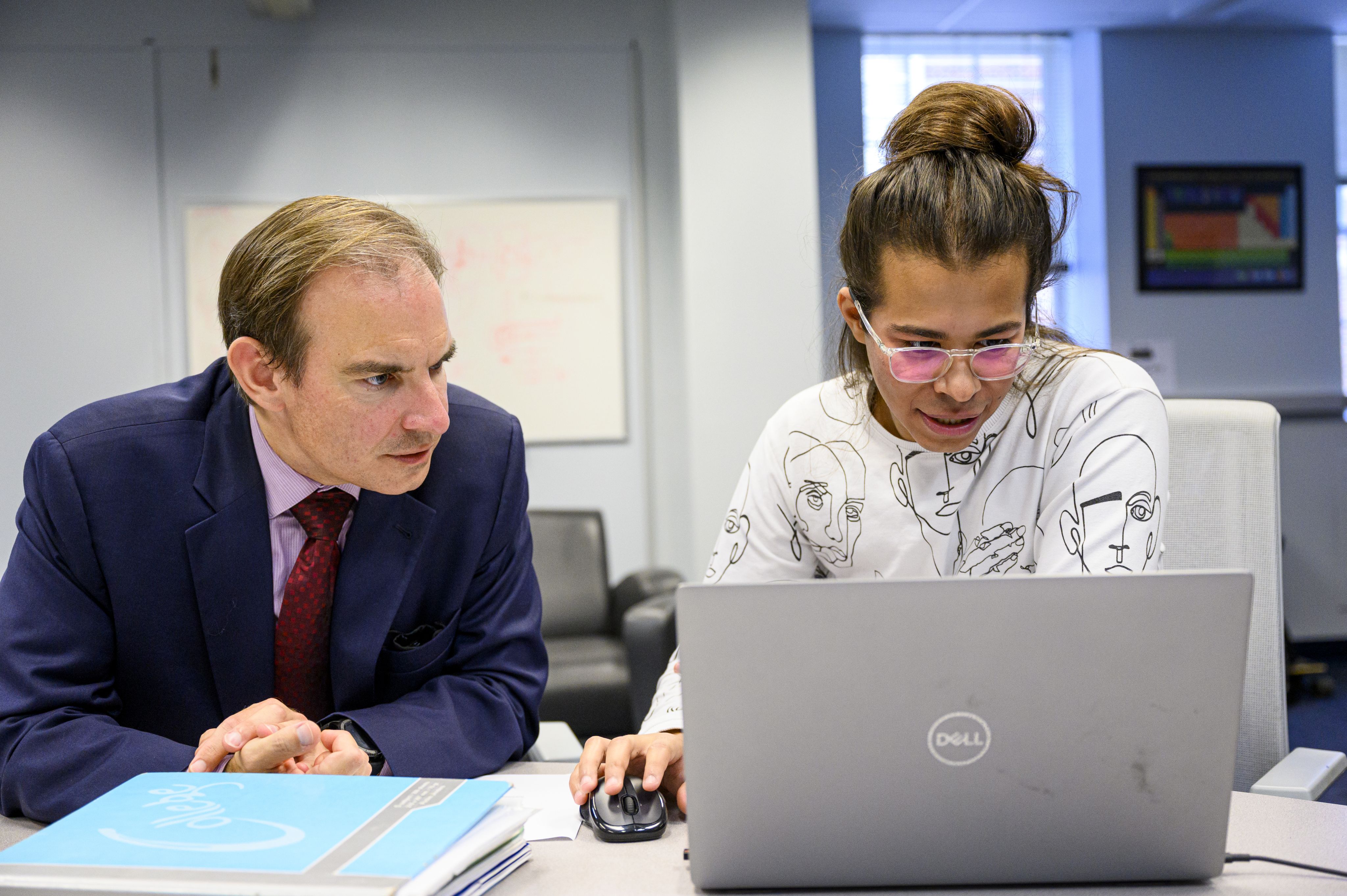
Physicist Stephen Sekula utilizes SMU’s artificial intelligence infrastructure to simulate data that explores the fundamental structure of the universe.
Physicist Stephen Sekula utilizes SMU’s artificial intelligence infrastructure to simulate data that explores the fundamental structure of the universe.
In the Roy M. Huffington Department of Earth Sciences, Professor Zhong Lu uses supercomputing in his study of geophysics. Each year, heavy rains pour into the Pacific Northwest, resulting in hundreds of landslides that endanger lives and damage infrastructure. In collaboration with the United States Geological Survey, Lu and his team monitored these events, archiving millions of high-resolution satellite images. Utilizing SMU’s supercomputer, they were able to analyze this immense archive, exploring its data to detect and predict where landslides might occur next. As the world grapples with climate change, geohazard research will remain critical to the livelihoods of all people. In optimizing supercomputing to help mitigate these risks, Lu’s work moves us toward a safer, more prepared tomorrow.
SMU professor Zhong Lu uses satellite radar imagery to reveal hundreds of unseen landslides occurring in Western U.S. states.
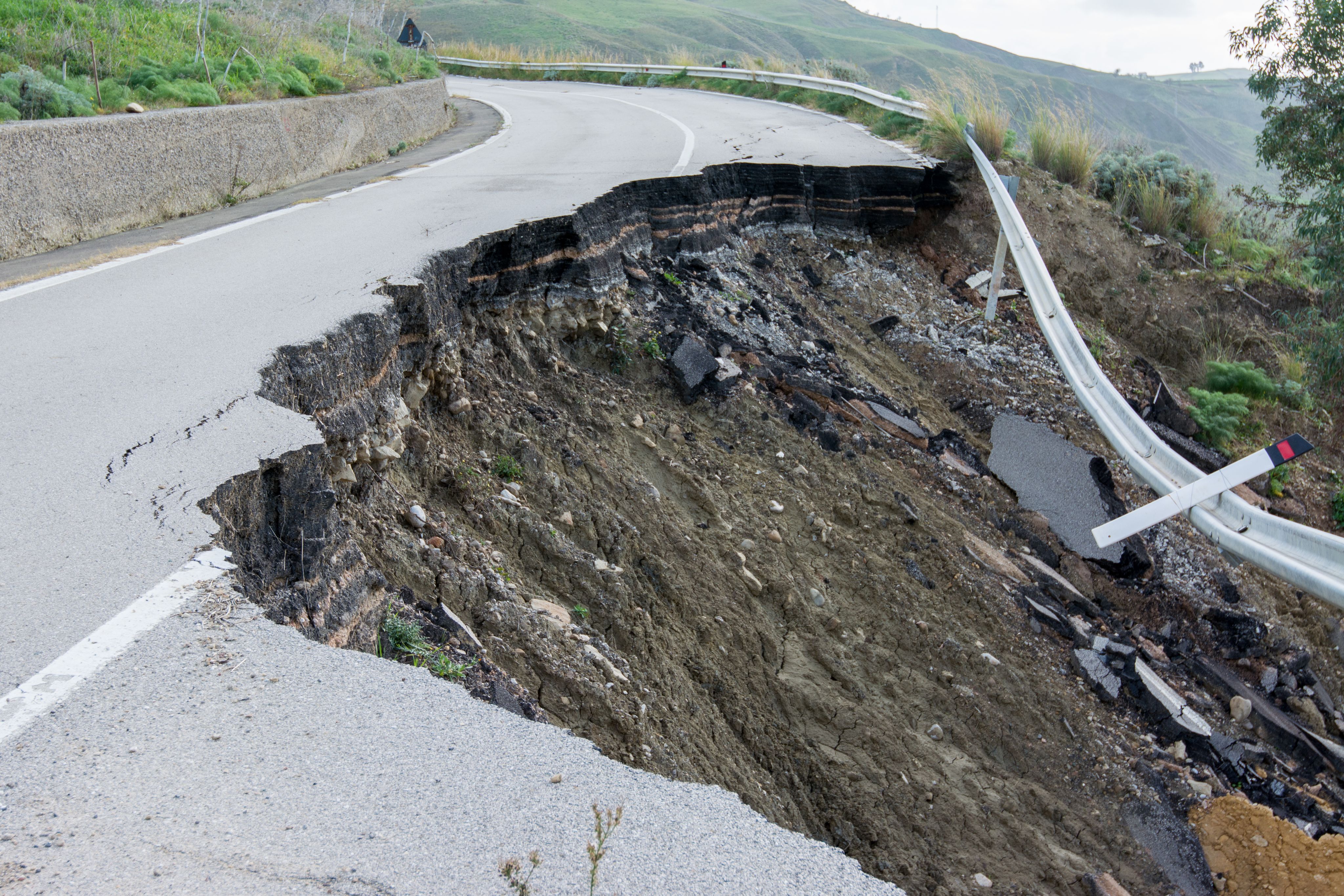
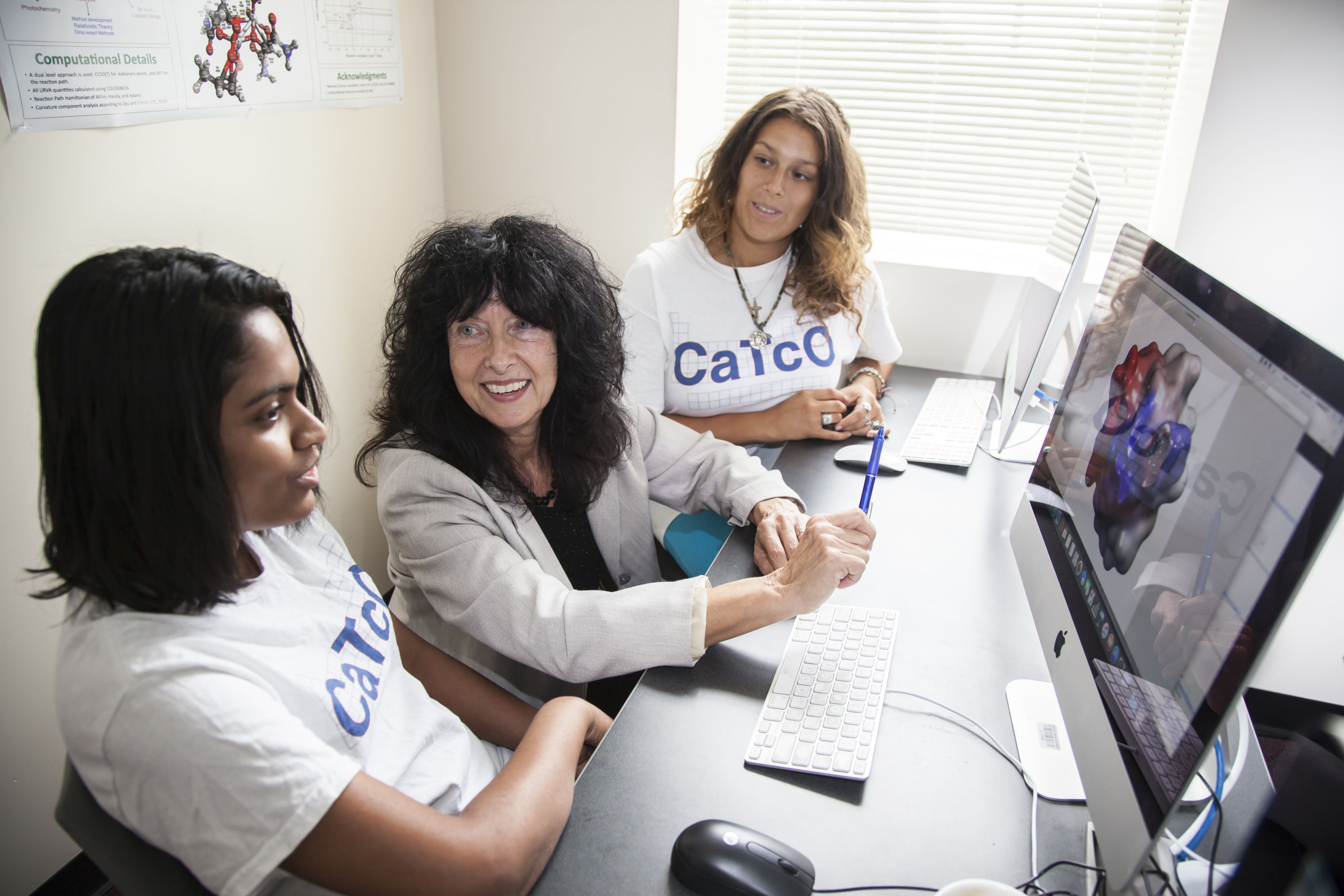
Leading the Computational and Theoretical Chemistry Group, Elfi Kraka helps solve pending problems in her field via advanced supercomputing methods.
Leading the Computational and Theoretical Chemistry Group, Elfi Kraka helps solve pending problems in her field via advanced supercomputing methods.
SMU’s supercomputer also serves as an essential tool that connects scientific laboratory experiments with high-quality computer modeling. It enables the initiatives of the Computational and Theoretical Chemistry group (CATCO), led by Chemistry Department Chair Elfi Kraka, to help solve pending problems in chemistry and beyond via computer simulations. A flagship of CATCO is the Unified Reaction Valley Approach (URVA), developed to monitor complex subatomic reactions in remarkable detail. Running these simulations on SMU’s supercomputer, CATCO has performed over 800 chemical reactions, fueling discoveries that spur the design of new materials with the potential to help develop promising drug candidates for a healthier world.
As SMU’s academic community continues to flourish through supercomputing and AI, the University is establishing its place as a regional leader in 21st century digital technologies and supercharging pathways to data-driven discoveries with the potential to dramatically drive educational and socioeconomic changes across communities.

This content was paid for and created by Southern Methodist University. The editorial staff of The Chronicle had no role in its preparation. Find out more about paid content.


